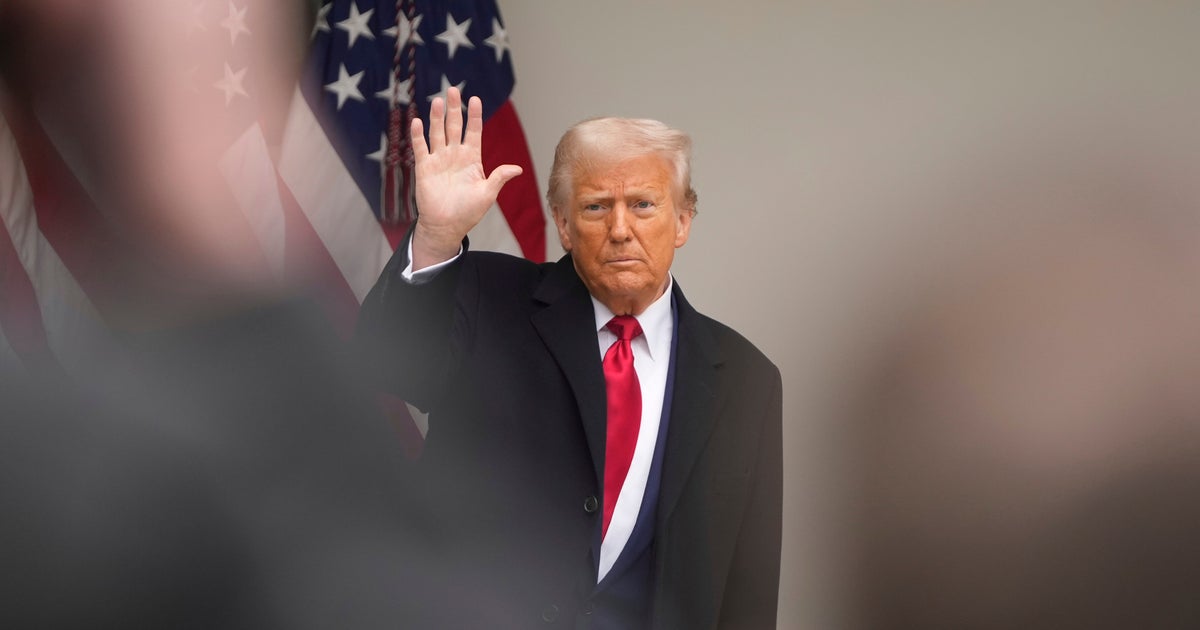Summary
Global leaders criticized Trump’s new tariffs, which range from 10% to 49%, warning of trade wars and economic fallout.
The UK and Italy urged negotiation, while Brazil passed a reciprocity bill. China and South Korea vowed countermeasures.
Australia and New Zealand rejected Trump’s logic, citing existing trade deals and low tariffs. Norfolk Island was baffled by a 29% duty despite having no exports.
Financial markets dropped, oil and bitcoin sank, and leaders warned of inflation. Analysts say Trump risks fracturing global trade with little to gain economically.



translated some analytics written for Russian audience. from here: https://t.me/s/artjockey
About the Tariffs Today marked the “great day for the USA” previously announced by Trump, as the U.S. has now imposed import tariffs against the entire world. I won’t make predictions about how this will affect the global economy, how much the S&P has dropped, and so on. Instead, I want to draw attention to something that might not be immediately obvious.
The newly introduced tariffs can be divided into three parts: economic, political, and protective.
At the core of these tariffs is a baseline 10% duty on all imports. I’m not sure why there’s so much noise around this—basically, Zoomers invented the reusable shopping bag, and Trump has invented VAT. The U.S. has never had a national-level VAT before, only state-level sales taxes. Now, there will be a federal VAT, but only on imports and only at 10%.
There are also clear protective tariffs, intended to give advantages to domestic manufacturers and to motivate foreign companies that want to sell in the U.S. to move production inside the country, so they can stay competitive against local producers. These are 25% tariffs on all imported cars and computers. It’s all fairly straightforward and not worth overanalyzing. Russia has all of this too: VAT, protection for domestic car makers (e.g., AvtoVAZ), and maybe in the future Trump will even “invent” vehicle recycling fees.
In short, Trump could have quietly pushed a 10% import VAT through Congress without much publicity, and you wouldn’t have even seen the news in any headlines. But in that case, he wouldn’t have been able to kick off a series of trade wars.
The most interesting part of the tariffs is their political nature. I think everyone understands that the 54% tariff on all imports from China (a combination of a previous 20% and today’s 34%) is by no means a reciprocal move—it’s a global trade war that could even precede a real war. This was expected; Trump launched a trade war with China during his first term, and the motivations are clear.
What’s far more intriguing are the tariffs against some of America’s allied countries, which, in my opinion, make up a rather unexpected list:
India: 26%
Japan: 24%
EU: 20%
Taiwan: 32%
South Korea: 25%
Israel: 17%
Philippines: 17% (a country hosting U.S. military bases aimed at China)
Meanwhile, countries that didn’t receive tariff increases and stayed at the base 10%, from a global perspective, include:
South American nations: Brazil, Argentina, Uruguay — 10%. Panama also 10%.
Oil-rich Middle Eastern countries: Saudi Arabia, UAE, Qatar, Bahrain, plus Turkey.
AUKUS members: UK and Australia — even though Trump criticized Australia in a speech, no extra tariffs were added.
Africa: Though likely of little strategic interest to Trump for now.
From this differentiation of tariffs, you can infer how Trump views the U.S.’s global strategic direction—a vision that will likely be pursued further.
Notice the low tariffs for South America. Remember how Rubio, right after taking office, made a diplomatic tour across Latin America—something that hadn’t happened in a century? It seems Trump is aiming to “pull Latin America out of China’s hands” and form a U.S.–Latin American alliance in the Western Hemisphere.
At the same time, clear preferences are being given to those joining new U.S. military alliances, as alternatives to the increasingly hard-to-control NATO.
On the other hand, traditional U.S. allies are out of luck. The economies of the EU, Japan, and South Korea—countries that have money but are not considered crucial allies by Trump—are being treated as revenue sources.
This is especially evident in the EU’s case. According to the “Trump Doctrine”, the main rival to the U.S. is China, and the EU is useless in the fight against China. They won’t go to war over Taiwan, nor will they support a likely sanctions regime against the PRC. So, in Trump’s view, they should simply start paying America in hard currency now, with the long-term plan being further deindustrialization and relocating manufacturing to the U.S…
The tariffs will go into effect between April 5 and 9. Based on past experience, I wouldn’t be surprised if they never actually take effect—maybe they’ll be repealed, suspended, or something else. But if nothing changes and the 20% tariffs on the EU, Japan, and others remain in place long-term, then the so-called “golden age of universal prosperity” will likely become a thing of the past for those nations.
Who cares what the russo nazis think
They should tariff Israel a lot more